Baldur’s Gate 3 couldn’t fit in every single aspect of Dungeons & Dragons 5th Edition. Some things got left behind, like the many different Warlock Patrons you can otherwise call. But that allowed some mechanics to grow stronger, like Pact of the Blade. This, available to Warlocks from level three, allows the class a ton of melee options.
Here’s a deep dive into why you should choose Pact of the Blade as Warlock, and why you should use it instead of a traditional melee weapon in most scenarios.
How does Pact of the Blade work in BG3?
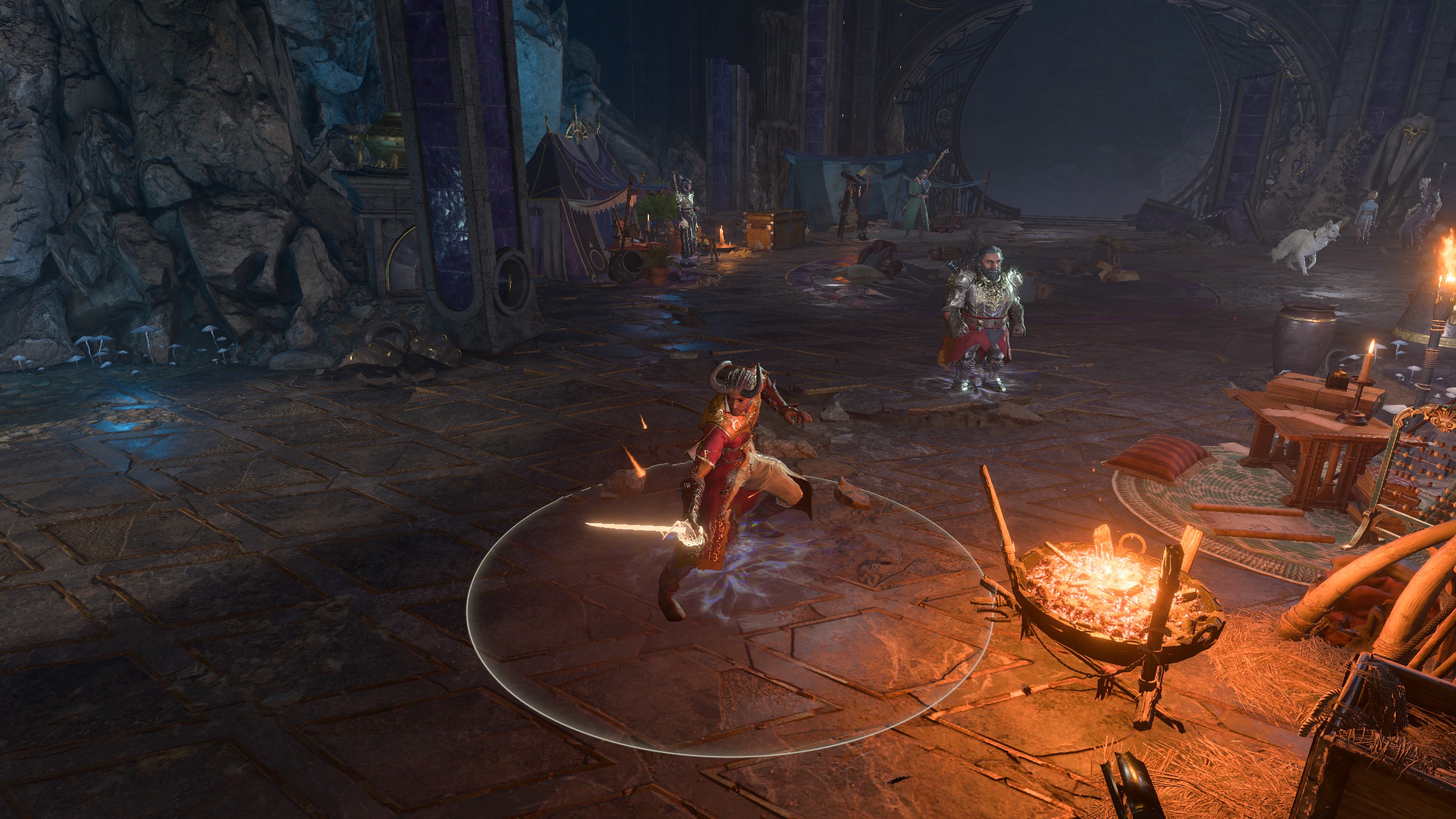
The Pact of the Blade is one of three Pact Boons you can select from at level three. Pact of the Blade allows you to summon a pact weapon or bind with the one you are wielding; you become Proficient with that weapon and can use Charisma, your primary stat as a Warlock, as its attack modifier.
Once you have Pact of the Blade unlocked, you can cast it once per battle, permitting you to recast it once between battles if you want to switch the bonded weapon out. Select the Pact of the Blade action and you will start the summon, giving you the option between the six different weapons. Select the weapon you want to summon and bind it to yourself.
As long as the weapon stays within 1.5 meters from you, it won’t disappear. You also can’t be affected by effects like Disarming and Weak Grip if it’s a bound weapon. Moreover, if you take the Pact of the Blade, at level five, you get to make an Extra Attack. Bound weapons also count as magic weapons.
Pact of the Blade weapon choices in BG3
As mentioned above, there are six weapons to choose to summon from when casting Pact of the Blade. Since you are Proficient with any bound weapon, you get their proficient weapon actions.
| Weapon | Damage | Handedness | Proficiency Actions |
|---|---|---|---|
| Battleaxe | 1d8/1d10 Slashing (1H/2H) | Versatile (1H or 2H) | Cleave: Swing your weapon in a large arc to attack up to three enemies at once. Lacerate: Slash at your target’s vital points to make it Bleed for up to two turns. Maiming Strikes: Possibly Maims your target, preventing them from moving for two turns. |
| Glaive | 1d10 Slashing | Two-handed | Rush: Charge forward and attack the first enemy in your way, possibly pushing them Off Balance for two turns. Lacerate: Slash at your target’s vital points to make it Bleed for up to two turns. Brace: Sacrifice 6m movement speed. For the rest of your turn, roll melee damage twice and use the higher result. |
| Greatsword | 2d6 Slashing | Two-handed | Pommel Strike: Make a non-lethal attack against an enemy and possibly Daze them for two turns. Cleave: Swing your weapon in a large arc to attack up to three enemies at once. Lacerate: Slash at your target’s vital points to make it Bleed for up to two turns. |
| Rapier | 1d8 Piercing | One-handed | Flourish: Possibly throw your enemy Off Balance for two turns. Piercing Strike: Deal regular damage and possibly inflict Gaping Wounds for two turns. Weakening Strike: Non-lethal attack that possibly inflicts Weak Grip, hindering the target’s attacks for two turns. |
| Trident | 1d6 Piercing | Versatile | Rush: Charge forward and attack the first enemy in your way, possibly pushing them Off Balance for two turns. Piercing Strike: Deal regular damage and possibly inflict Gaping Wounds for two turns. Disarming Strike: Focus your attack on your foe’s hand and possibly force them to drop the weapons they are holding. |
| Warhammer | 1d8 Bludgeoning | Versatile | Backbreaker: Possibly knock your enemy Prone for two turns. Concussive Smash: Possibly Dazes your target for two turns. Weakening Strike: Non-lethal attack that possibly inflicts Weak Grip, hindering the target’s attacks for two turns. |
Why should I take Pact of the Blade in BG3?
If your party has one or no melee characters, the Pact of the Blade is an excellent choice. Holding chokepoints and forcing enemies to move awkwardly is important in BG3. Plus, having Bonus Action abilities like Flourish lets you have a larger impact on a fight than just shooting Eldritch Blast every turn. But unlike other melee builds, a Warlock using Pact of the Blade still has access to all their powerful ranged spells.
That said, if you have a melee-heavy party, it can still work. Just make sure your party can handle a melee warrior clogging the frontline. You really don’t want more than two melee characters since bosses have gigantic, high-damage areas of effect that you don’t want to get slammed by.
Try to spread out or have one melee character be purely defensive, like a Devotion Paladin. You can eat a ton of damage otherwise.
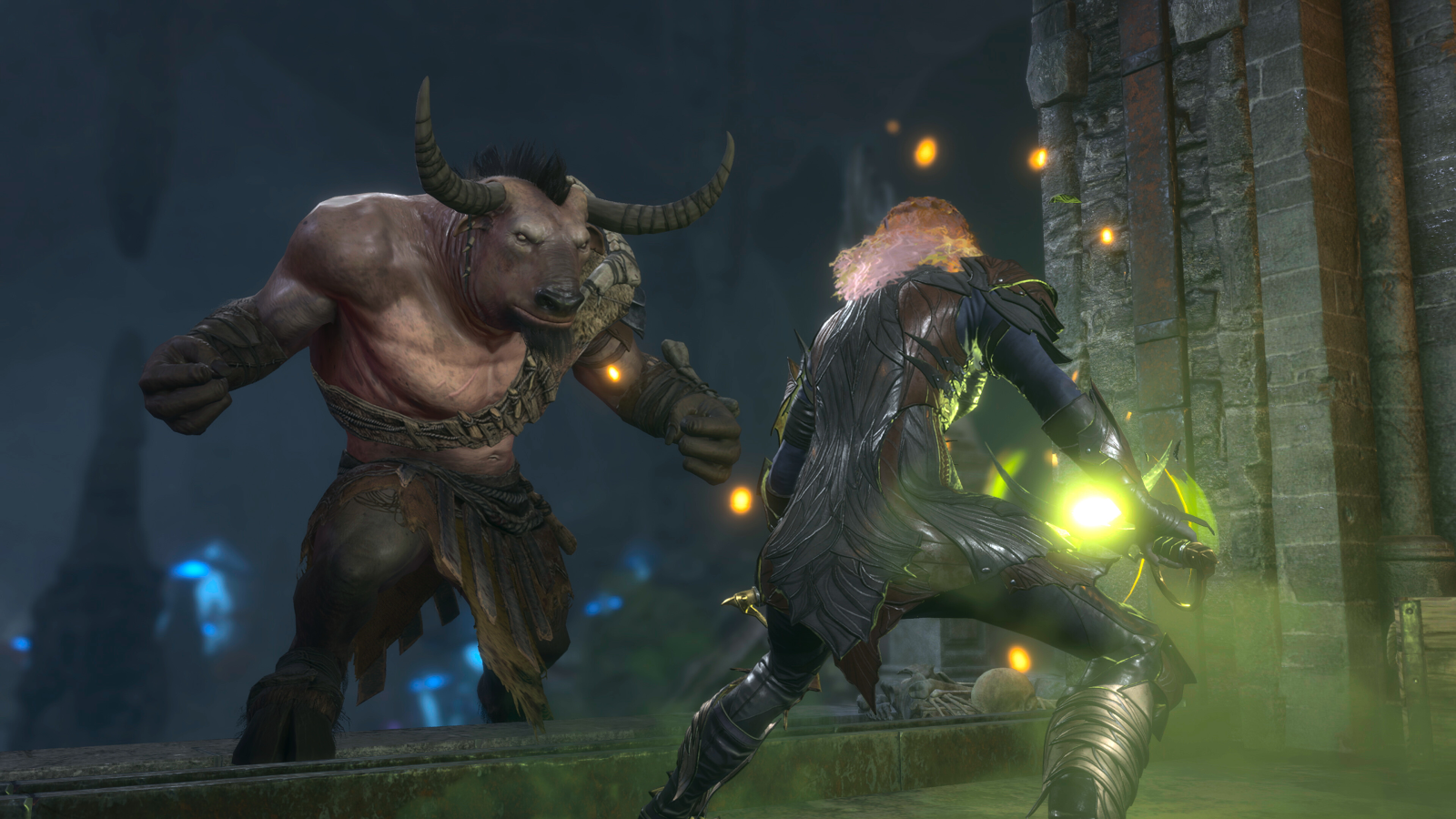
If you have a Fiend Warlock, Pact of the Blade works well with your extra HP. The Fiendish Vigor invocation is also handy. Furthermore, if your Warlock happens to be a Shield Dwarf or Githyanki, those races give Medium Armor Proficiency and will let you pump Constitution and Charisma without losing too much AC, so Pact of the Blade plays into their strengths.
Do yourself a favor and take Agonizing Blast as well. Having a 1d10+Charisma ranged option that shoots up to three times at level 11 is far too strong to ignore. For turns where you can’t reach your target, you can still strike them for something approaching 35 damage without breaking a sweat. At level 12, you can round out your build with the Lifedrinker Invocation since you’re already very good at melee attacks.
The Pact of the Blade Warlock will often be in danger and should consider defensive spells to stay alive. Spells like Hex and Armor of Agathys are useful if you plan on rocking the frontlines and dealing loads of damage.
Pact of the Blade Warlocks are an amazing multiclass option, too. Starting Paladin and going three levels into Warlock will let you ignore all stats except Constitution and Charisma. And since Paladins have such good Charisma-based abilities, that’s a recipe for success.
Others Asked
What makes the Warlock class balanced in Baldur's Gate 3?
Warlocks in Baldur's Gate 3 are considered the most balanced class because they have a great combination of offensive and defensive spells, supporting abilities, and summons to handle any situation.
What benefits does the College of Swords subclass offer to Bards in Baldur's Gate 3?
The College of Swords subclass offers Bards incredible damage abilities, the option to use Bardic Inspiration on Blade Flourishes for extra attacks, and access to an entire spellbook for versatility.
Why is the Warlock considered a strong multiclass option for a Sorcerer?
The Warlock is a strong multiclass option for a Sorcerer because it balances powerful damage spells with supporting abilities and shares Charisma as a primary ability with the Sorcerer, enhancing both combat and dialogue options.


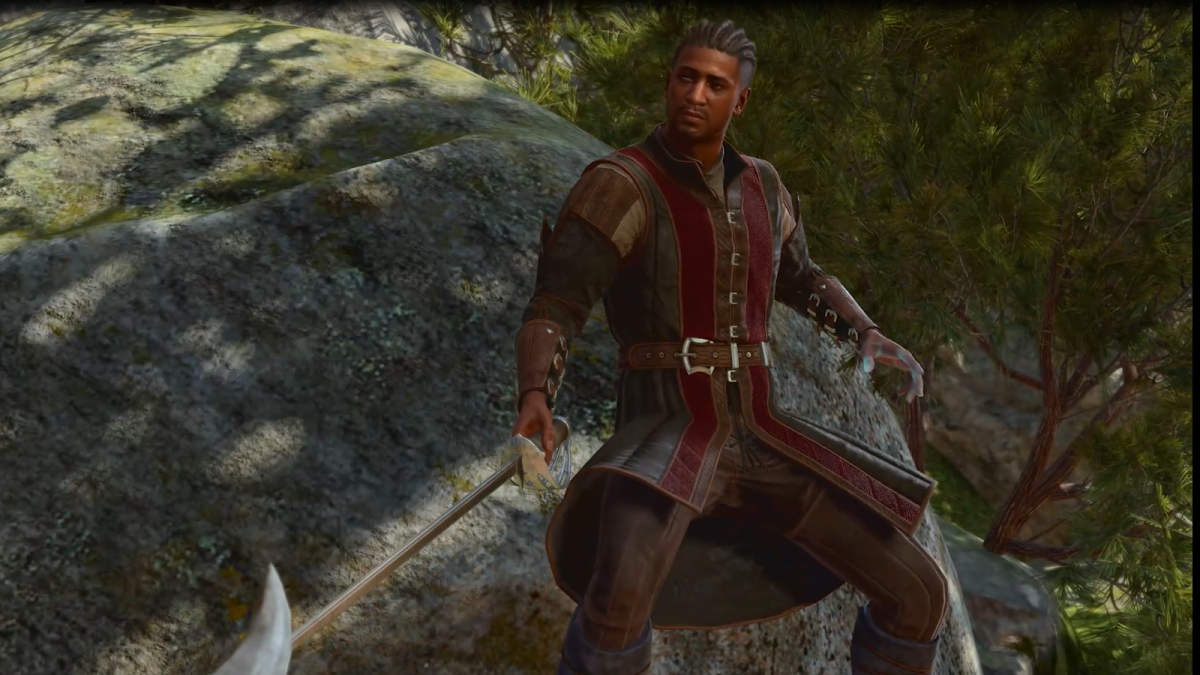
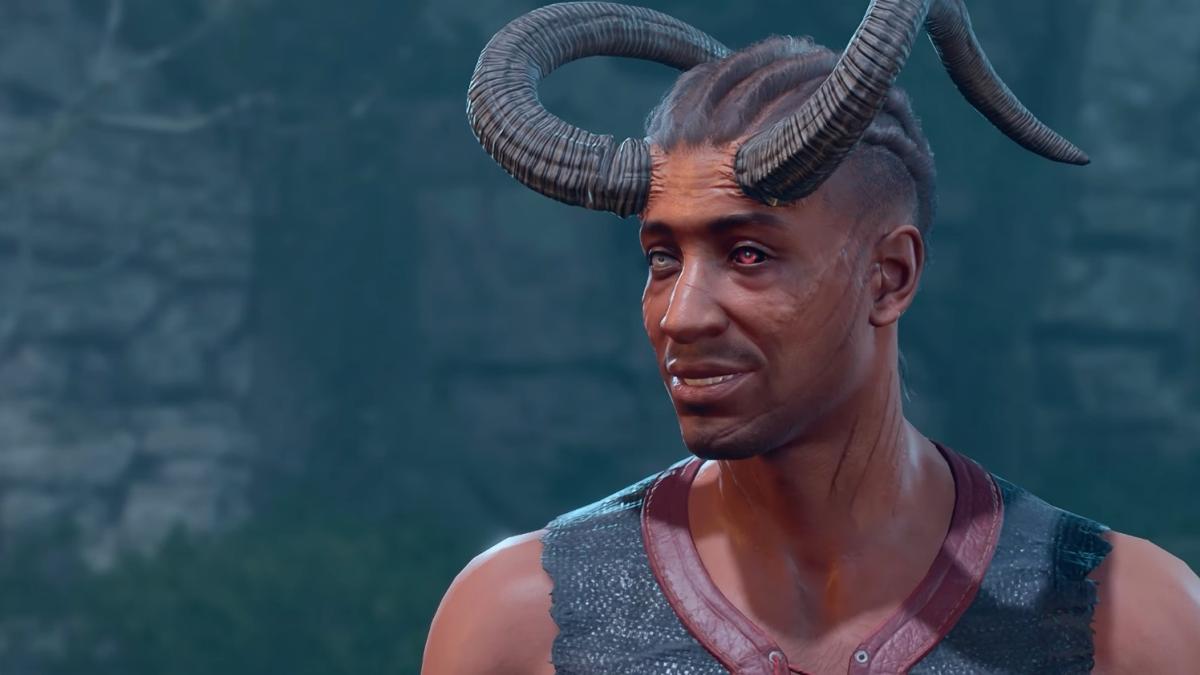
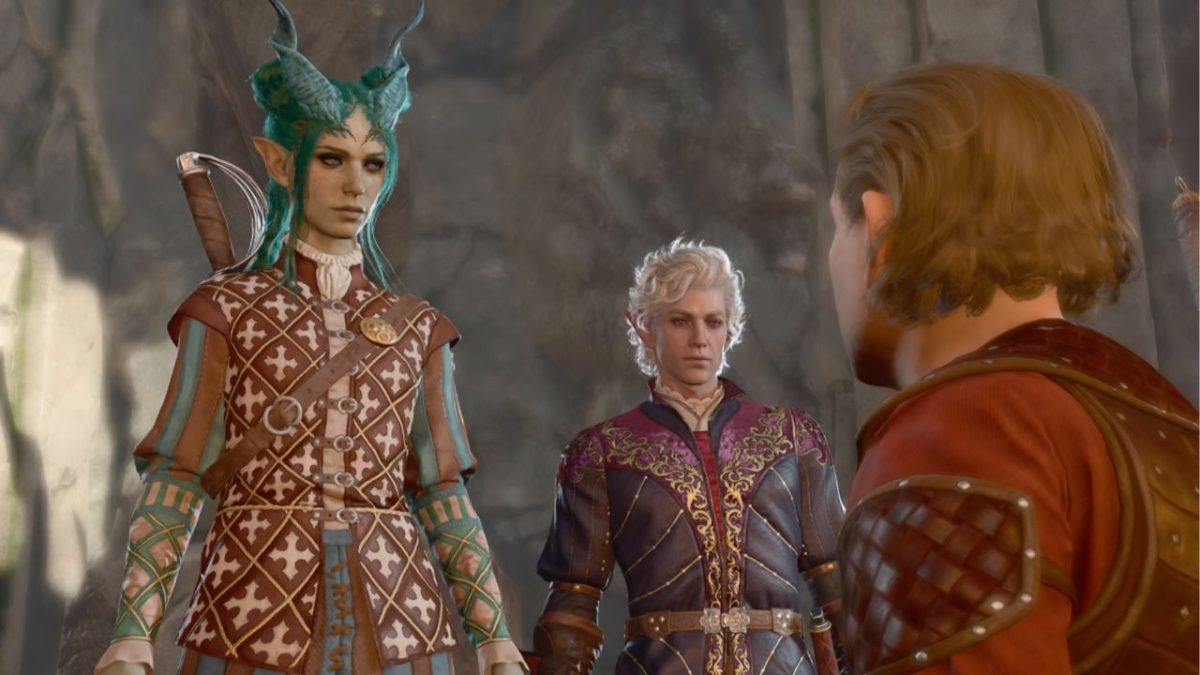
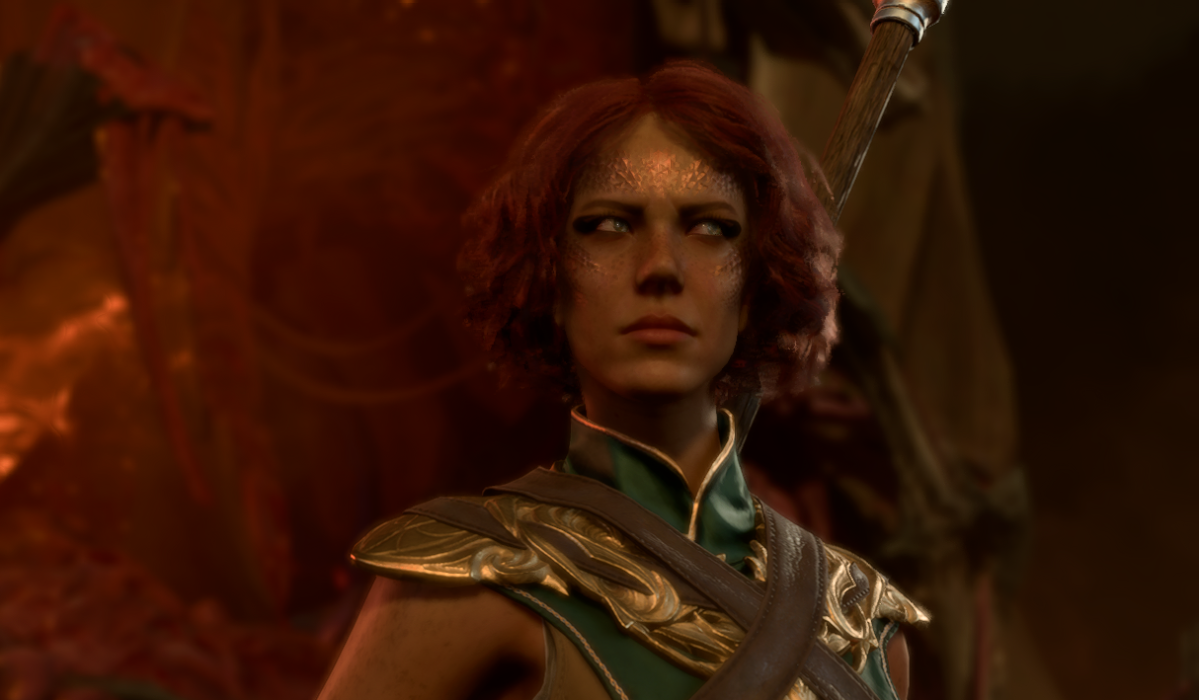
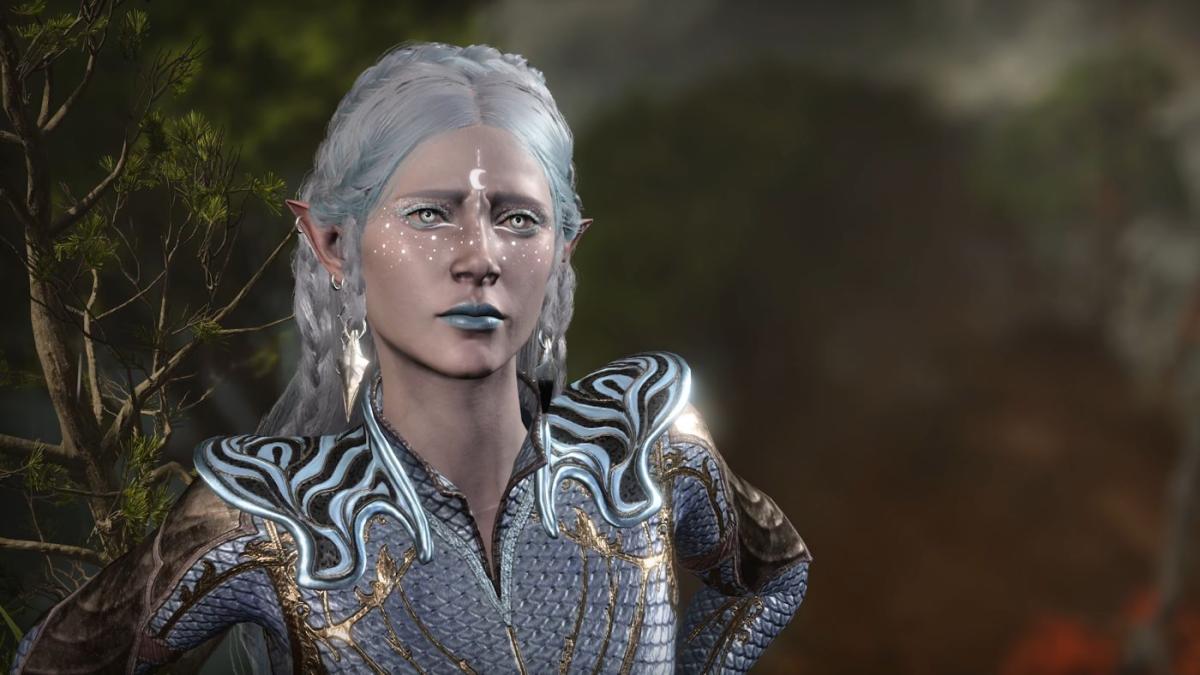

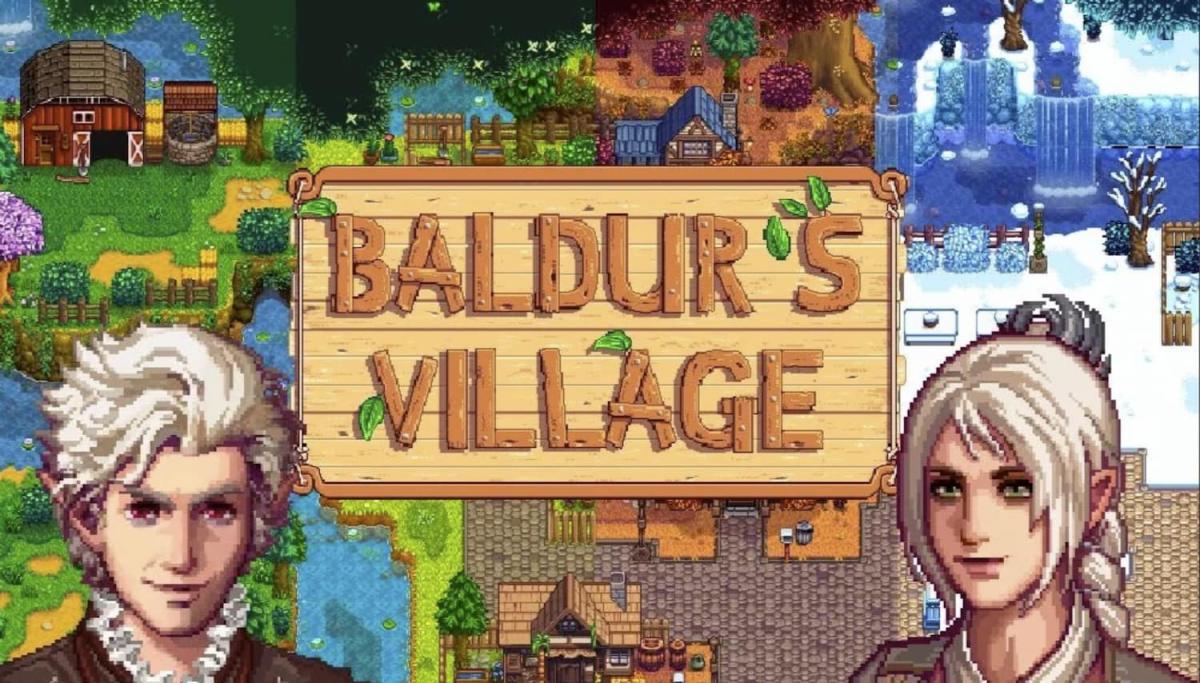
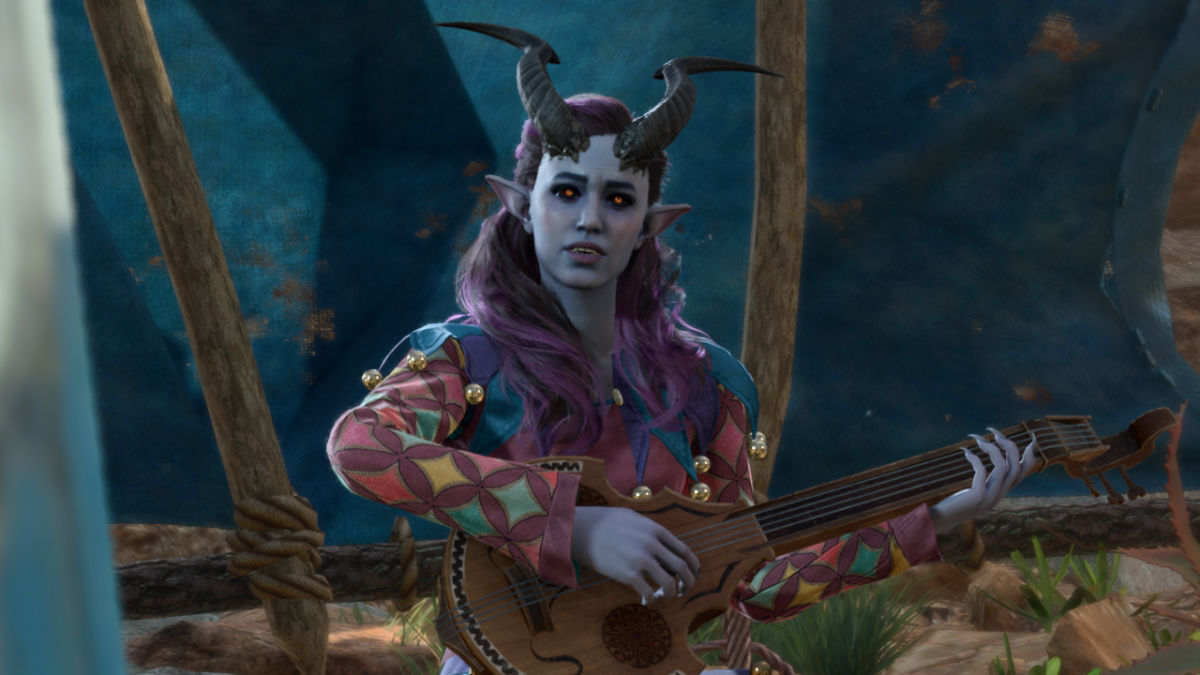
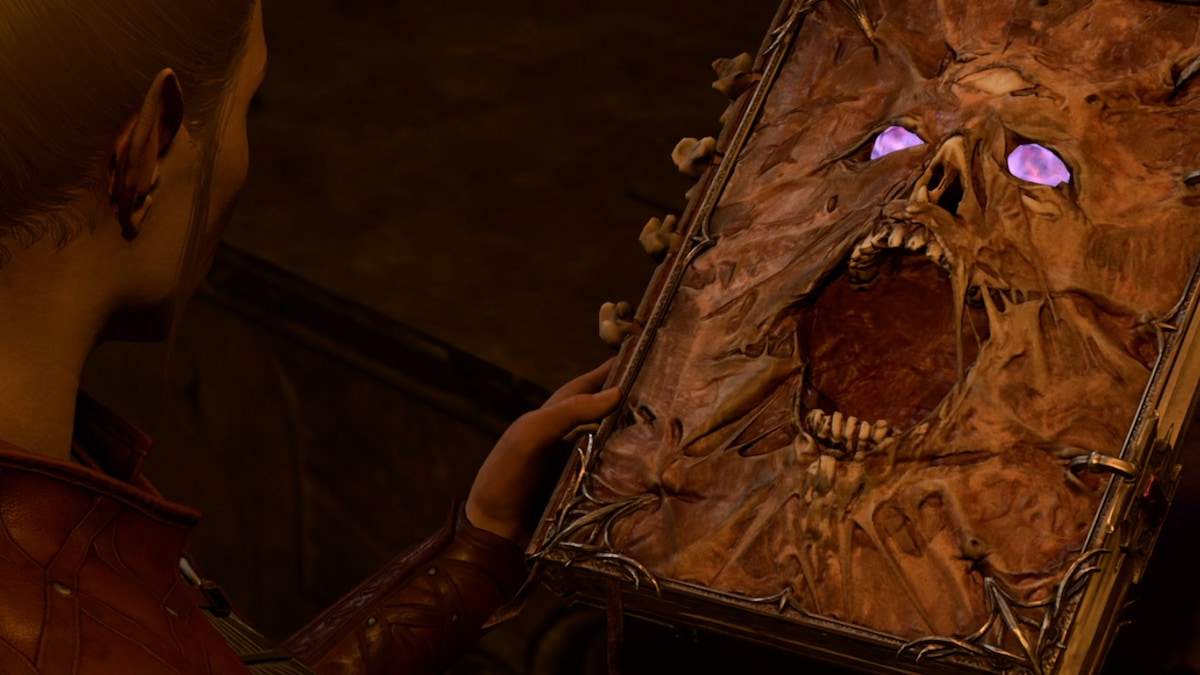

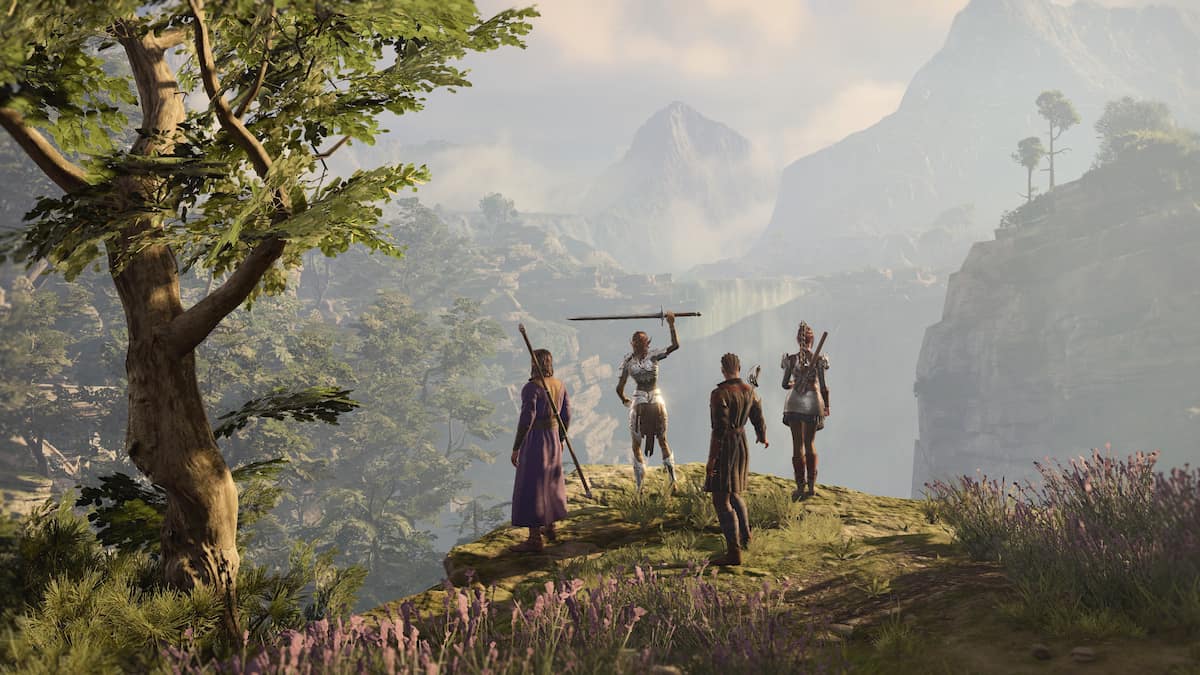
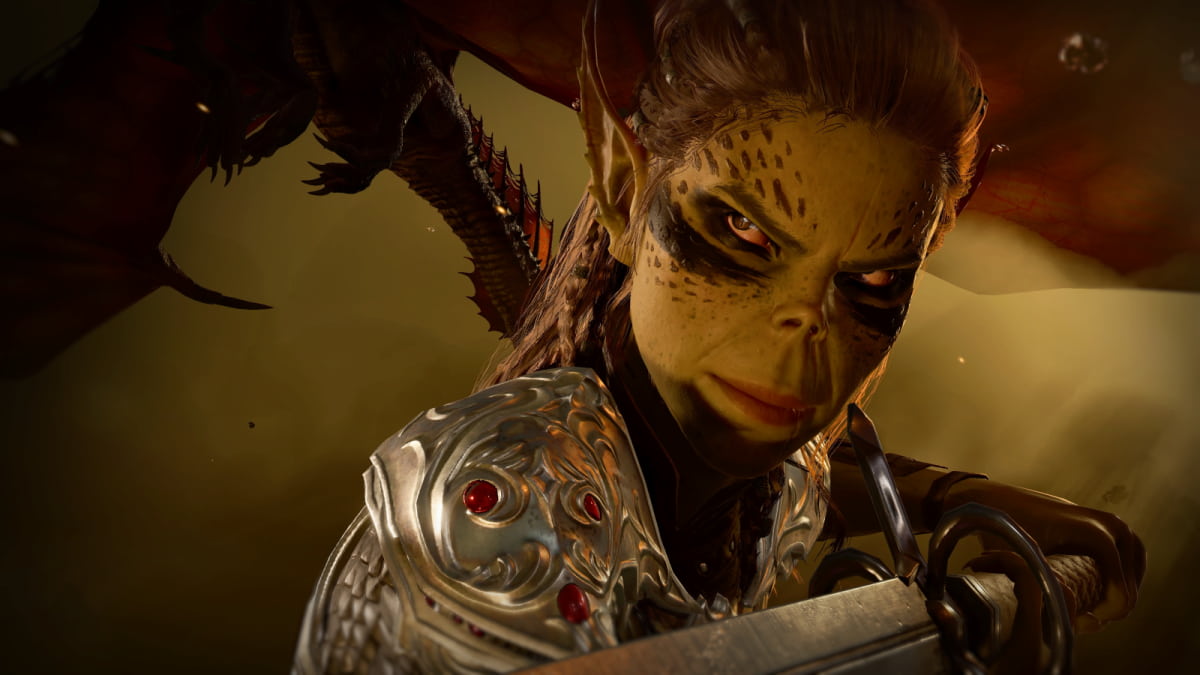
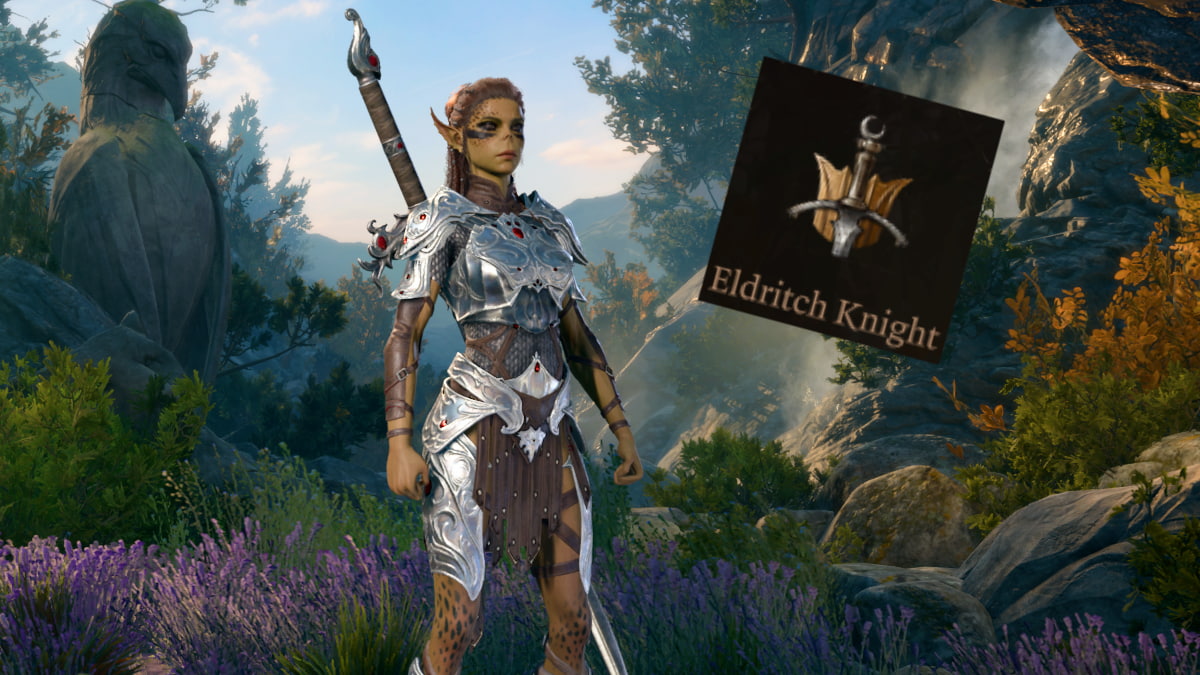

Published: Jan 10, 2024 05:05 pm